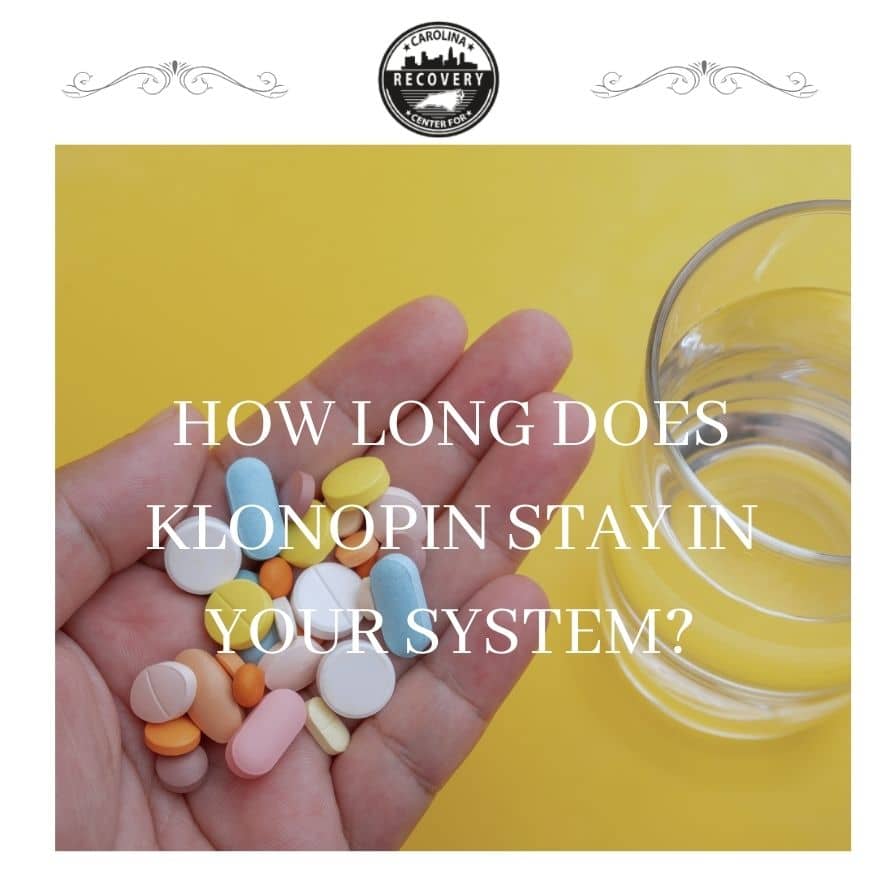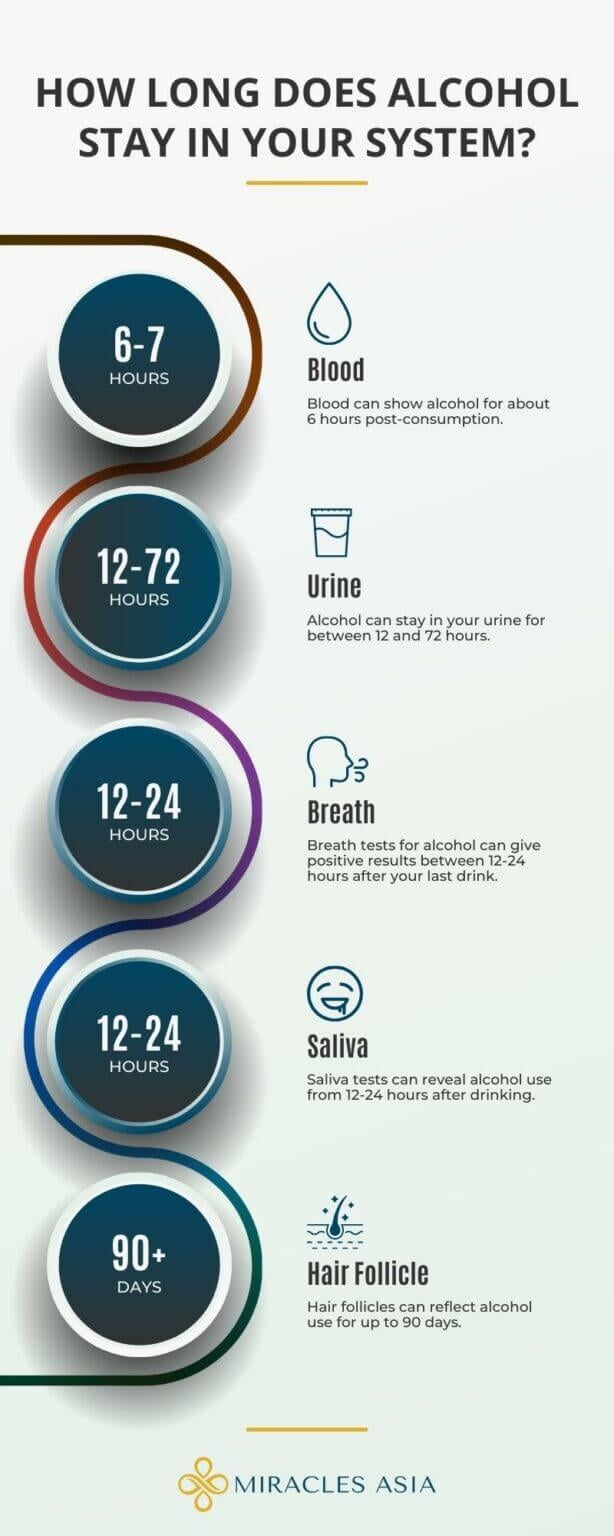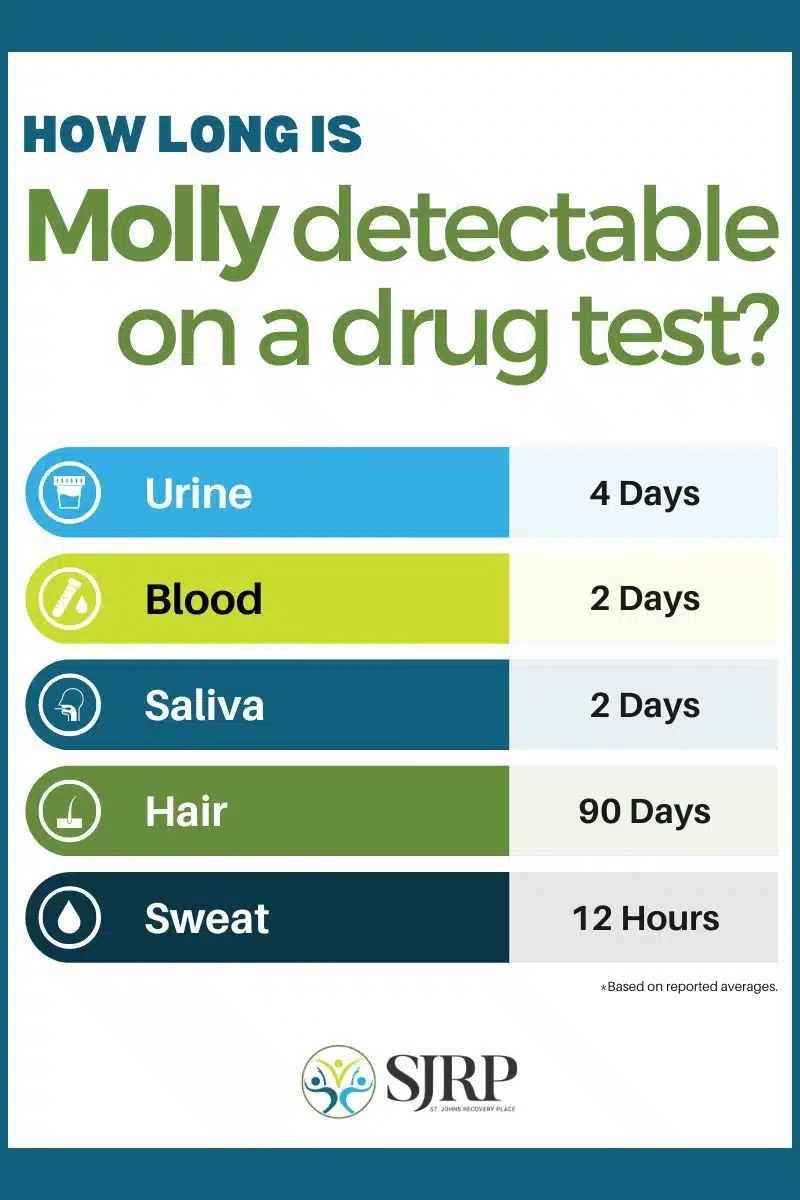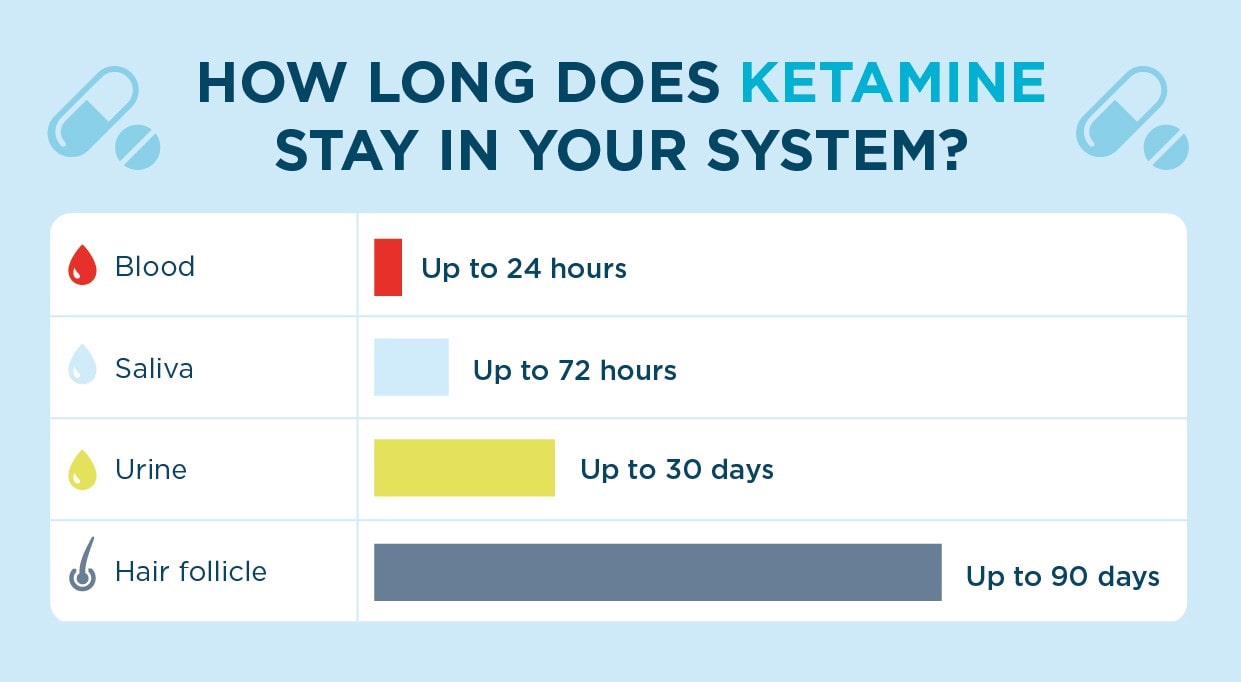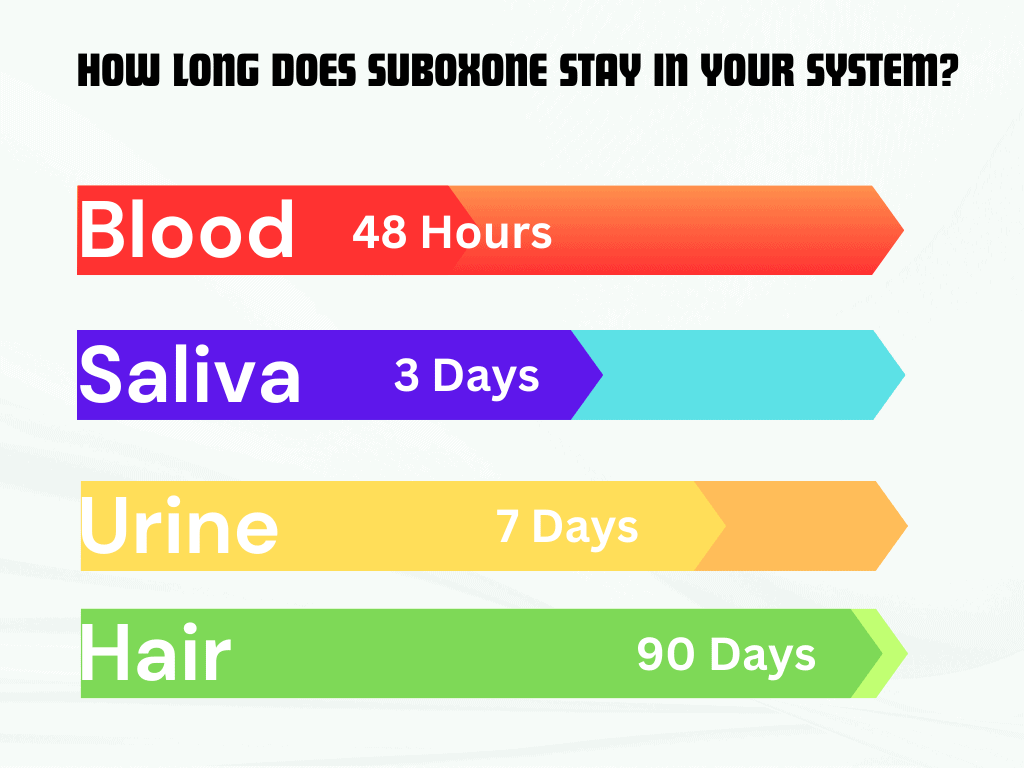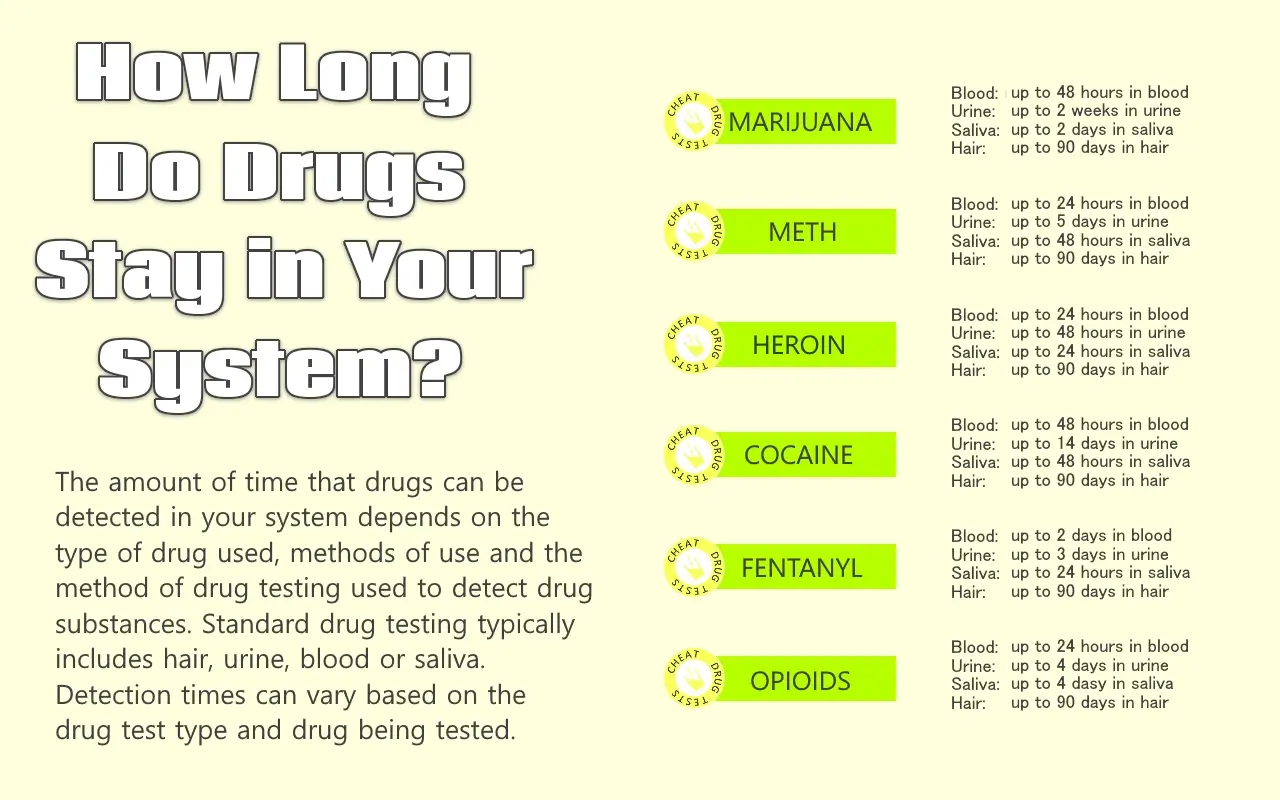How Long Does Primobolan Stay In Your System

Detecting Primobolan use is a race against time for anti-doping agencies. Understanding its detection window is critical for athletes and regulators alike.
This article cuts through the complexities to deliver a concise overview of how long Primobolan, a popular anabolic steroid, remains detectable in the body, based on available scientific evidence and testing protocols.
What is Primobolan?
Primobolan, known chemically as methenolone, is an anabolic-androgenic steroid (AAS). It's available in both oral (methenolone acetate) and injectable (methenolone enanthate) forms.
Athletes sometimes use it during cutting cycles to preserve muscle mass while reducing body fat.
Detection Windows: A Crucial Factor
The detection window refers to the period during which a substance can be identified in a drug test. This window varies based on several factors.
These factors include the specific form of Primobolan used, the dosage, individual metabolism, and the type of testing method employed.
Oral vs. Injectable Primobolan
Oral Primobolan (methenolone acetate) generally has a shorter detection window than the injectable form (methenolone enanthate). This is due to differences in how the body metabolizes the drug.
Oral Primobolan is rapidly absorbed and eliminated.
Injectable Primobolan, on the other hand, has a longer ester attached, leading to slower release and a prolonged presence in the system.
Typical Detection Times
For oral Primobolan, detection times typically range from 3 to 6 weeks, according to various doping control resources and expert estimations.
Injectable Primobolan (methenolone enanthate) can be detected for a much longer period, often up to 4 to 5 months or even longer in some cases.
Factors Influencing Detection Time
Several factors can influence how long Primobolan remains detectable. Metabolism plays a key role.
Those with faster metabolisms may eliminate the drug more quickly.
Dosage is also a significant factor; higher doses result in longer detection times.
The frequency of use impacts detection time. Frequent use can lead to accumulation and prolonged detection.
Individual body composition, kidney and liver function, and hydration levels can also play a role in how quickly the drug is processed.
Testing Methods
Urine and blood tests are the primary methods used to detect Primobolan. Urine testing is most common.
These tests look for Primobolan metabolites. Sophisticated analytical techniques, such as gas chromatography-mass spectrometry (GC-MS) and liquid chromatography-mass spectrometry (LC-MS), are employed.
These methods can detect even trace amounts of the drug.
Risks and Legal Implications
Primobolan use carries significant health risks, including cardiovascular problems, liver damage, and hormonal imbalances. It is also banned by most major sporting organizations, including the World Anti-Doping Agency (WADA).
Athletes who test positive face severe penalties, including suspensions and disqualifications.
Possession and distribution of Primobolan may also carry legal consequences, depending on local regulations.
Beyond Detection: The Bigger Picture
While understanding detection windows is important, it is crucial to emphasize the health risks associated with AAS use. Athletes should prioritize their well-being and adhere to ethical and legal standards.
Anti-doping efforts continue to evolve, with ongoing research aimed at developing more sensitive and comprehensive testing methods.
Athletes considering or using Primobolan must fully understand the implications.
Conclusion: Stay Informed
The detection window for Primobolan varies significantly based on the form used, dosage, and individual factors. For oral forms, it's generally 3-6 weeks; for injectable forms, it can extend to 4-5 months or longer.
Athletes should consult with medical professionals and review WADA guidelines for the most up-to-date information on prohibited substances and testing protocols.
Continued research and advancements in testing technologies mean that detection methods are becoming increasingly sophisticated, reinforcing the importance of fair play and ethical conduct in sports.

